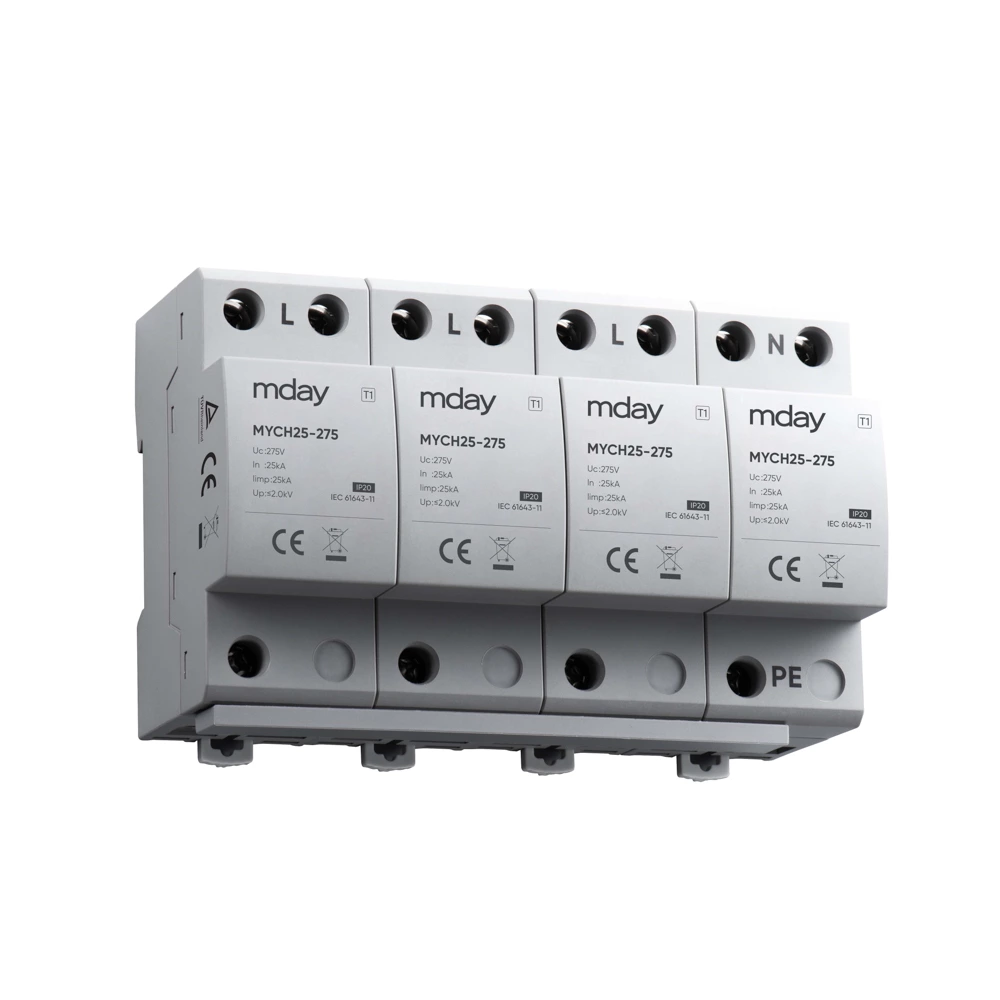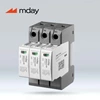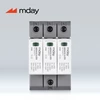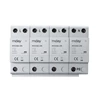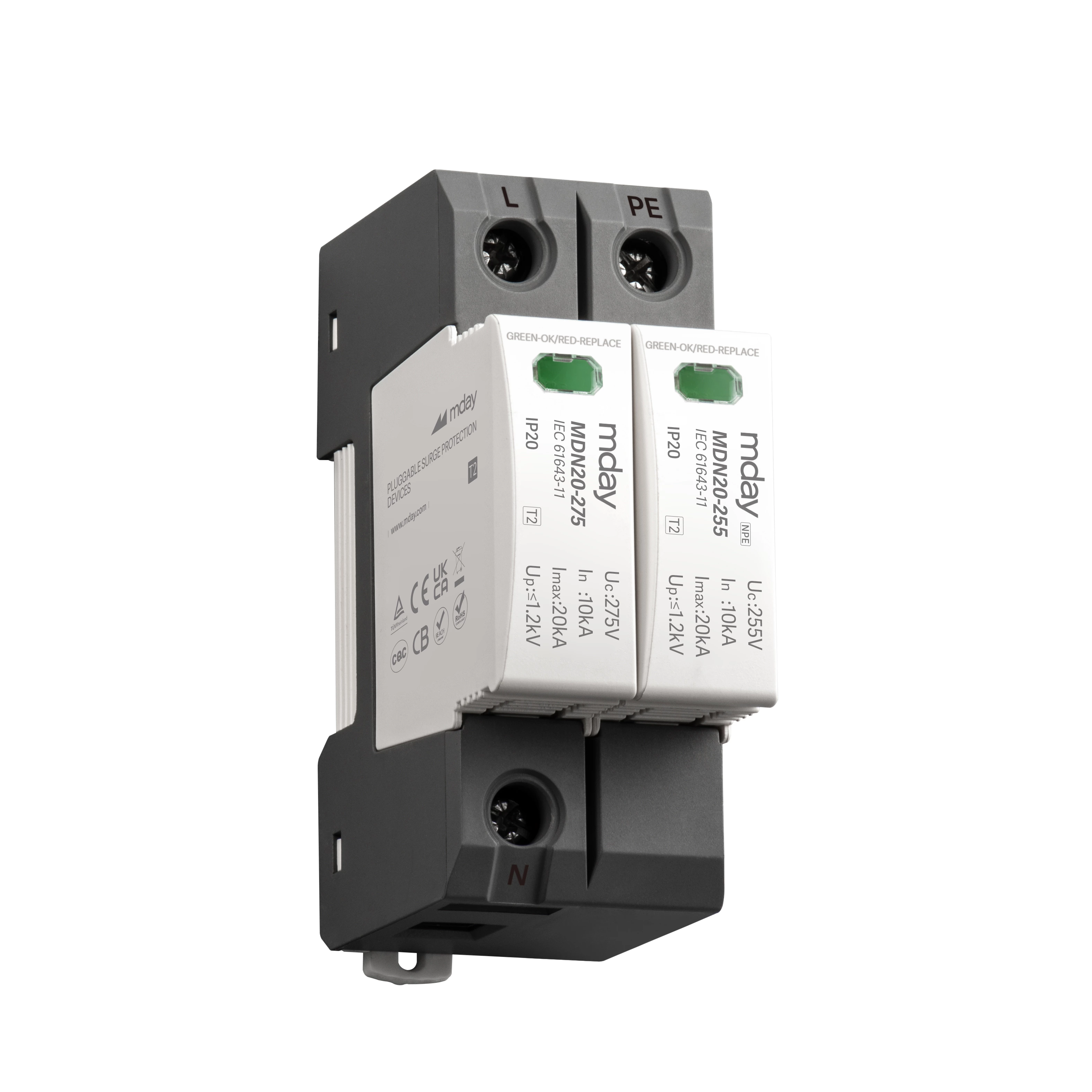Manufacturers Recommend Composite Surge Protectors
When many people choose a surge protector, they generally only care about the parameters, but they don't know the type of surge protector itself. In fact, it is very important to choose a surge protective device with a good internal structure and strong working performance, because it can really effectively prevent accidents caused by lightning strikes.
Reason 1 for the manufacturer to recommend a composite surge protection device:
Common components of voltage switch surge protectors include discharge gaps, gas discharge tubes (GDT), etc., which are characterized by continuous flow. The composite surge protector is composed of a discharge gap and a voltage limiting element (MOV) in series, and its characteristics are 0 continuous flow and 0 leakage current. The two currents of continuous flow and leakage current are undoubtedly noise in the circuit.
Reason 2 for the manufacturer to recommend a composite surge protector:
After being struck by lightning or surge, the switch-type element GDT generates power frequency continuous flow but does not have the ability to cut off the power frequency continuous flow. The continuous flow will cause the fuse of the main circuit to trip, thereby causing the entire system to be powered off. If the switch-type SPD claims that the continuous flow interruption capacity is 50kA, this value must be under ideal conditions.
In the real world, the power frequency current of many systems will be greater than 50kA; in addition, due to the instability of the power grid, its actual voltage will exceed the Uc value of the SPD. At this time, the SPD's continuous current interruption ability will be greatly weakened, which will cause power outages in the power grid or fires in the equipment. Since the composite surge protector uses a voltage-limiting component and has no continuous current, it will not cause power outages in the power supply system anyway.
Reason three for the manufacturer to recommend a composite surge protector:
According to the requirements of UL1449, the SPD must meet the following two points:
1. No continuous current
2. The first-level SPD itself must be able to withstand the short-circuit tolerance test, rather than relying on other overcurrent protectors (such as fuses, circuit breakers, backup protectors, etc.).
